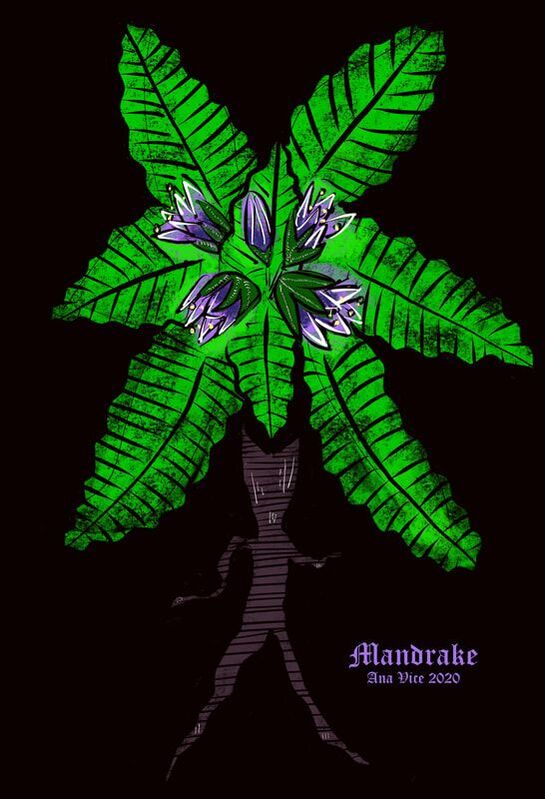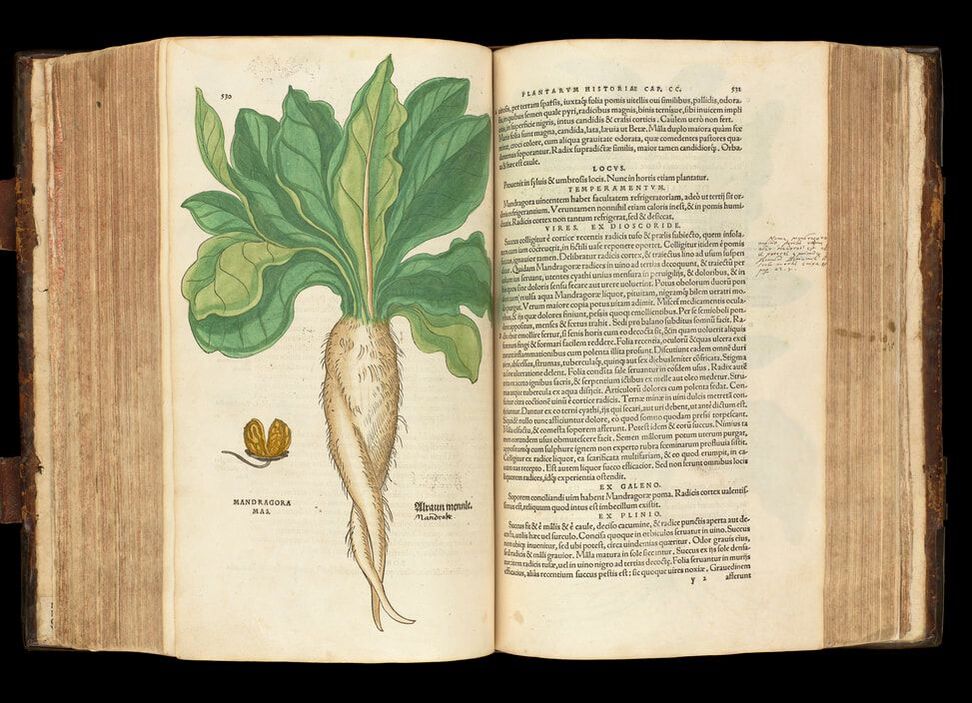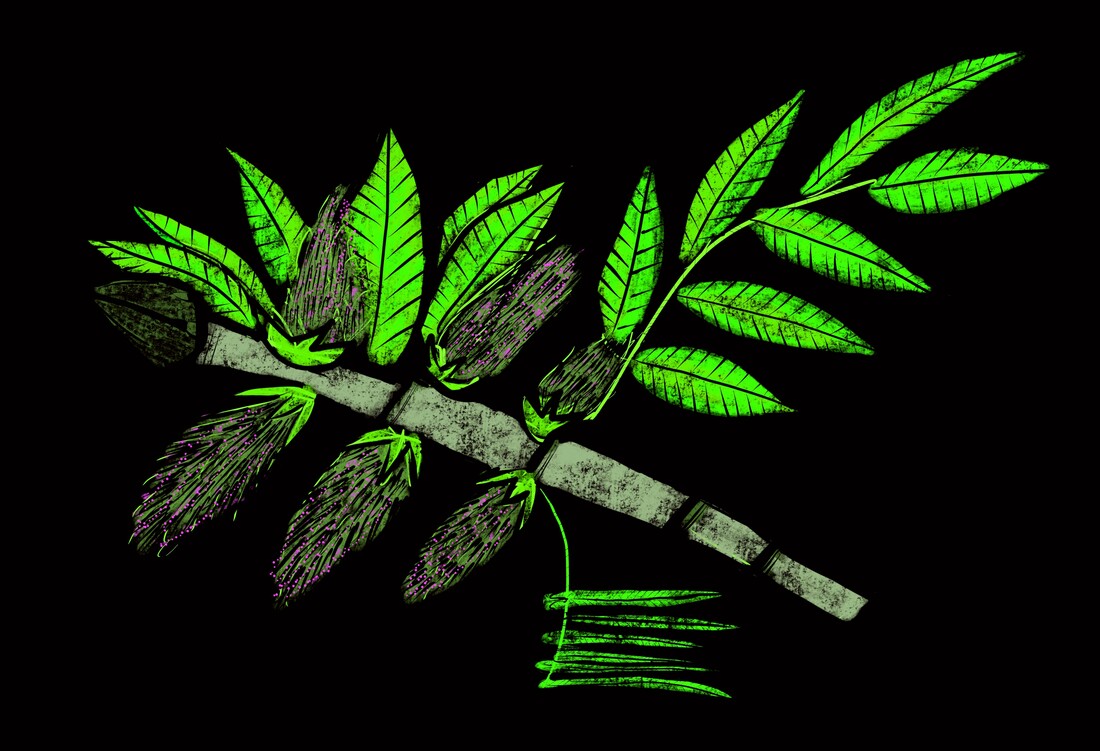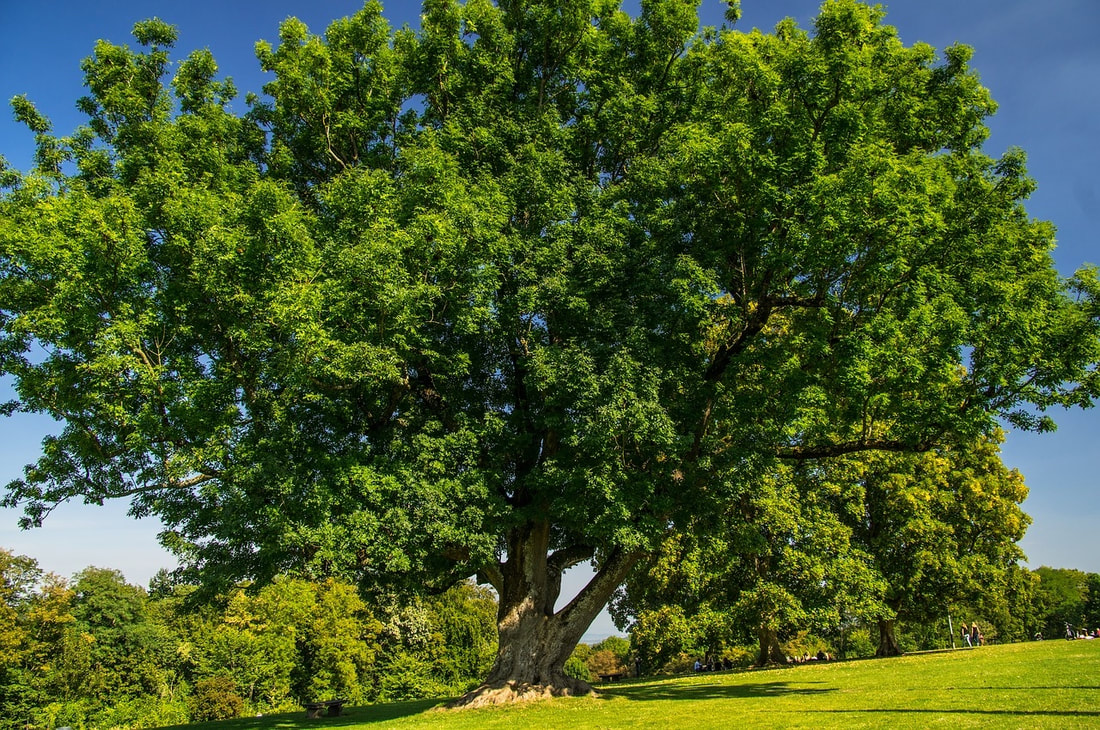|
By Kristi Klein Here's how to use your phone as an enchanted tool to focus your intention. Every time you pick up your phone can be a powerful way to reconnect with yourself and manifest your intentions. You may not realize it, but the consciously using the wallpaper background on your phone (e.g. the lock screen and home screen photos) is a game-charger – especially for witches. Depending on what we want to focus on, we can mindfully use those images for positive, on-the-go magick. Your lock screen photo is the one you see most often, it can be used as an intention “reminder.” There’s such deep magic rooted in something that people spend hours a day staring at (or even glancing at). It holds the power of familiarity, the power of routine, the power of personal expansion. So why not try “charging” that lock screen image with your own intentional energy? Here are ways I've used my phone wallpaper to aid in my manifestations... My home screen photo has been the same for probably over a year now. It’s a photo of me taken on an amazing, love-filled night. I added a quote from the Astro Poets’ Twitter account that happened to be my horoscope for the day. (Pisces Queen!). That was over three years ago, but the photo and quote still brings me joy. Witchy Tip: Add a photo of yourself where you’re at your best, living life to the fullest, and/or when you’re most happy. Accompany it with a “beautiful prophecy” that grounds you and makes you light up inside. Using this photo to connect with your past self can be an effective tool in reminding your present self of your accomplishments and the positive times in your life. Gratitude is the foundation of manifestation. The screen lock wallpaper is the one I tend to change the most often because it’s the image that I see the most. One of my favorite lock screen wallpapers is a root chakra mantra, reminding me to stay grounded and calm. The root chakra is all about being secure within yourself and your environment. It’s the baseline for the rest of the chakras that build up from it, in order to be stable and aligned. Here's a Mantra: “I feel deeply rooted. I am connected to my body. I feel safe and secure. I have what I need. I am grounded, stable, and standing on my own two feet. I trust in the goodness of life. I love life” Witchy Tip: Have fun with it! The simplest way to add texts to photos without downloading a photo editing app is to use the Instagram story feature. Add text and graphics, play with the colors. Once you’re satisfied, save the photo to your phone (there’s no need to post it on Instagram unless you want to). I often put my favorite song lyrics, inspirational quotes, mantras, and even kind words from friends onto photos (either of myself or other images that I find uplifting). I also enjoy making collages and vision boards for my phone wallpaper selects. My current lock screen is a collage featuring artwork by Florence Welch (of Florence + the Machine) and a happy photo of myself. Florence has long been a guiding light for me, she possesses such a deep well of magic and it shines through in her lyrics. Every song is a portal, a glimpse into something real and raw – so seeing myself surrounded by that loving, creative energy is very uplifting and inspiring. Witchy Tip: Vision boards are used to help you focus your intentions on what you truly want to manifest into your life. A new house? Dream job? Create a vision board with a favorite photo of yourself in the center, then add photos of the home/job/countries you want to travel to, whatever you are calling to you. Seeing yourself surrounded with visual representations of the things that you’re manifesting helps move you in action, and keeps you motivated. All of the above can also apply to your computer background. Aside from our phones, our computer is the screen we see the most and charge the most, both energetically and with what we are using this tool to create. My current wallpaper is a dreamy scene created by James R Eads. This otherworldly art piece calms my mind while also inspiring me and igniting my creative side. Want to read more about manifesting your intentions? Check out this interview with color magick expert Sarah Potter.
1 Comment
By Ana Vice The mandrake is a notorious (albeit highly poisonous) plant of ancient origins with distinct features. Mandrakes commonly have a short stem bearing a tuft of oval leaves and these leaves form a rosette at the base of each plant. The flowers are bell-shaped and consist of five petals, usually purple or yellow in color, and its fruit is a fleshy orange berry. Mandrake roots are long, thick, and forked – which is often why they are described as human-like. This human resemblance ties back to the idea that when uprooted, the mandrake will "scream." Some of the earliest accounts of the mandrake date back to ancient Mesopotamia circa 2000 BC (BCE). Long ago in the Middle East, the mandrake was used for both medicinal and magickal purposes. Some surgeons were said to have sedated their patients prior to surgery using the mandrake root. Ancient Arabs called mandrake the Beid el Jinn, or the Eggs of the Jinn (Jinn are dangerous spirits in Islamic mythology and not to be messed with). The mandrake is also mentioned in the Bible (Genesis 30:14, Genesis 30:16, and Songs of Solomon 7:13). It’s important to note that mandrake is a member of the nightshades, as well as a hallucinogenic and narcotic alkaloid. Nightshades are in the Solanaceae family and there are over 2000 species (herbs, fruits, roots, or vegetables). They contain the alkaloid solanine, which is toxic in high concentrations. Some have been used medicinally for centuries, such as Black Nightshade or Bittersweet Nightshade and some are used in cooking (like tomatoes, potatoes, bell peppers, goji berries, tomatillos, and eggplants, just to name a few). However, nightshades such as mandrake, henbane, and belladonna are poisonous and can be deadly if ingested by humans or animals. Mandrake is connected to Circe, as depicted in Homer’s Odyssey. Circe was the daughter of Helios (The Sun God) and Perse (a sea nymph) and she was skilled in both herbalism and transformation. As an enchantress on the Isle of Aeaea, Circe used her talents to transform people who offended her or meant her harm into animals. Mandrake is associated with Circe because of its soporific qualities and Odysseus used mullein to protect himself from her. Mandrake is also one of the sacred plants growing in the Goddess Hekate’s garden in the Orphic Argonautica. In this myth, Medea (a priestess of Hekate) makes an ointment from the Plant of Prometheus (Mandrake) and rubs onto Jason’s armor to make him invincible in search of the golden fleece. Furthermore, mandrake has been a traditional ingredient in the flying ointment magickal formula of witches. The European mandrake (often written about during the Medieval and Renaissance periods) originates from the genus Mandragora. Mandragora grows in Europe, the Mediterranean region, and China. Ever popular in Slavic folklore, mandrake is said to have the ability to open any door, promote good luck, and attract money, in addition to aiding in protection. On the mountain Rtanj, mandrake can be found by the aid of a hedgehog or tortoise. Soldiers would stitch a piece of the lower part of the root into the lining of their military uniforms for protection against their enemies. Mandrake (or Raskovnik in Serbian) has the power to collect negative energy and some believe the upper part of the mandrake root can be put into a red bag and kept hidden in the home to keep a family safe from harm. Did you know that the Mandrake was said to come in male and female varieties? Pliny the Elder and Dioscorides during the 1st century AD (CE) describe these male and female species in great detail. The female has a heavy scent and appears darker with slender leaves, unlike the broader leaves of the paler, sweeter smelling male mandrake. In addition to protection the mandrake has been used for fertility and love magick. The desire to create artificial life is not a new concept. Mandrake has been associated with the concept of the homunculus (Latin for "little man" and the diminutive of homo or "human being"), as described by Paracelsus. According to alchemical philosophy, the mandrake acts as a homunculus and can be sealed in a bottle to serve or represent a magician themselves. Because of this the magician (or alchemist) would procure a mandrake root and carefully clean and make it ready to become a catalytic or vessel for magickal purposes. The process was completed by placing human semen into the mandrake for a period of time with an application of heat. American Mandrake or May Apple grows in damp areas in the Northeastern United States and parts of South Canada. It looks like European Mandrake with its human-like root, but has a leaf attached to a long stem that looks like the palm of a human hand. This is why some call it Witch’s Umbrella. Witchy tip: Spell for protection, prosperity, and good health: Take a mandrake root (or part of one) and place it in a red cloth or bag. Hide it in the hearth of your home where it will be undisturbed. Otherwise, draw or find an image of a mandrake root and place it above the hearth in your home. To read more about sacred, magickal herbs, check out our new herbal section here.
By Ana Vice Discover the mythology and power of the sacred ash tree. The ash tree, called uinseann in Gaelic, is often linked to the Vikings, but also has its place in Ancient Celtic folklore and was once sacred to the Druids. It appears as the letter Nion or N (a.k.a. Nion, Nuin, Nin) in the Celtic alphabet (called the Ogham) which was used for divination. Ash trees are giant trees capable of growing over 180 feet tall. Because of their height, the Druids saw the ash tree as a bridge between worlds. Due to their height, Ash trees are prone to getting struck by lightning, which is why they tend to be connected to the elements of both air and fire. The Celts also made their spears from the ash tree and believed the spears to be infused with magic. Did you know that three of the five sacred trees of ancient Ireland were ash trees? Bile Tortan, Craeb Daithi and Craeb Uisnig are their names. You can also listen to more about these magnificent trees in John William's The Five Sacred Trees: Concerto for Bassoon and Orchestra). According to Welsh Mythology, the ash tree is associated with the trickster Gwydion (God of Magick and Poetry). In some mythologies he carries a staff (or wand, in some versions) used for enchantment and transformation. Gwydion has a sister nammed Arianrhod (Goddess of the Moon and Stars; her name translates to Silver Wheel) and they were very skilled magicians. Some literary scholars say that they represent archetypes for Merlin (others think Myrddin Wyllt) and King Arthur's half sister Morgan le Fay (Morgan y Dylwythen Deg in Welsh). For the Norse, the ash tree (aka ask) represents the Yggdrasill (a.k.a. World Tree) of Norse lore. Odin (Óðinn, All-father) and Thor (Þórr, God of Thunder and Sky) were said to possess magickal spears made of ash tree wood. In Norse mythology there is a story of how Odin sacrificed himself to himself in order to perceive the mysteries of the runes. He achieved this by hanging himself from the Yggdrasil tree and stabbing himself with his spear. He hung there for nine days and nights without food or drink. On the brink of death, he perceived the secrets of the runes. The Elder Futhark is the oldest known runic alphabet, dating back to the time of the German Migration (or Völkerwanderung) around 350-500 AD. In Norse mythology, it is also believed that Odin created the first man from the ash tree. The poetic Anglo-Saxon word for spear was aesc. The Vikings were also referred to as the Aescling or ‘“Men of Ash.” The Gaels thought of the ash tree as protective. Of the five legendary guardian trees of Ireland, three of them were ash. Ash is also the second most popular tree growing near Irish holy wells, and on the Isle of Man ash trees were said to keep the water springs purified. According to ancient Greek mythology, the Ash Tree Nymphs (a.k.a. Meliae), Erinyes (Furies), and Giants were said to have been created by bloodshed that fell to the earth when, in an effort to gain power over his father Uranus, the Titan Cronus castrated him. The Furies and giants would later play a role in avenging Uranus (Oranus, The Sky) for what happened. To be more specific, the Meliae were the Oread-nymphs of the ash tree. Gaia (Gaea, the Earth) had been impregnated by the blood of the castrated Uranus. The nymphs became the wives of men of the Silver Age and became mothers of those of the Bronze Age (which was considered the third generation of mankind). The nymphs nursed their sons with the honey sap of the ash and armed them with spears crafted from ash tree wood. In some versions of this story it is the Ash tree, and in others it is the Mountain Ash (i.e. Rowan Tree). Poseidon (God of the Sea, Storms, Earthquakes and Horses) is also linked to the ash tree. He is another son of Chronos and brother to Hades (God of the Dead and Underworld) and Zeus (God of Sky, Thunder, and Ruler of the Gods and Goddesses of Mount Olympus). According to Greek myth, Poseidon could utilize the power of water to create large tidal waves. A lesser known connection is with horses. Centaurs were considered to be in his realm as well. For divination, you can make a set of Elder Futhark runes by painting red acrylic onto ash tree wood pieces. You can find and use a mature dry branch and saw it into disks or use a wood etching tool to carve runes directly onto the wood. To read more about the herbal magick and herbal spells, check out "10 Herbs for Purification, Protection, and Exorcism" here. |
Archives
April 2024
MastheadPublisher Categories |










 RSS Feed
RSS Feed